September 09 2021
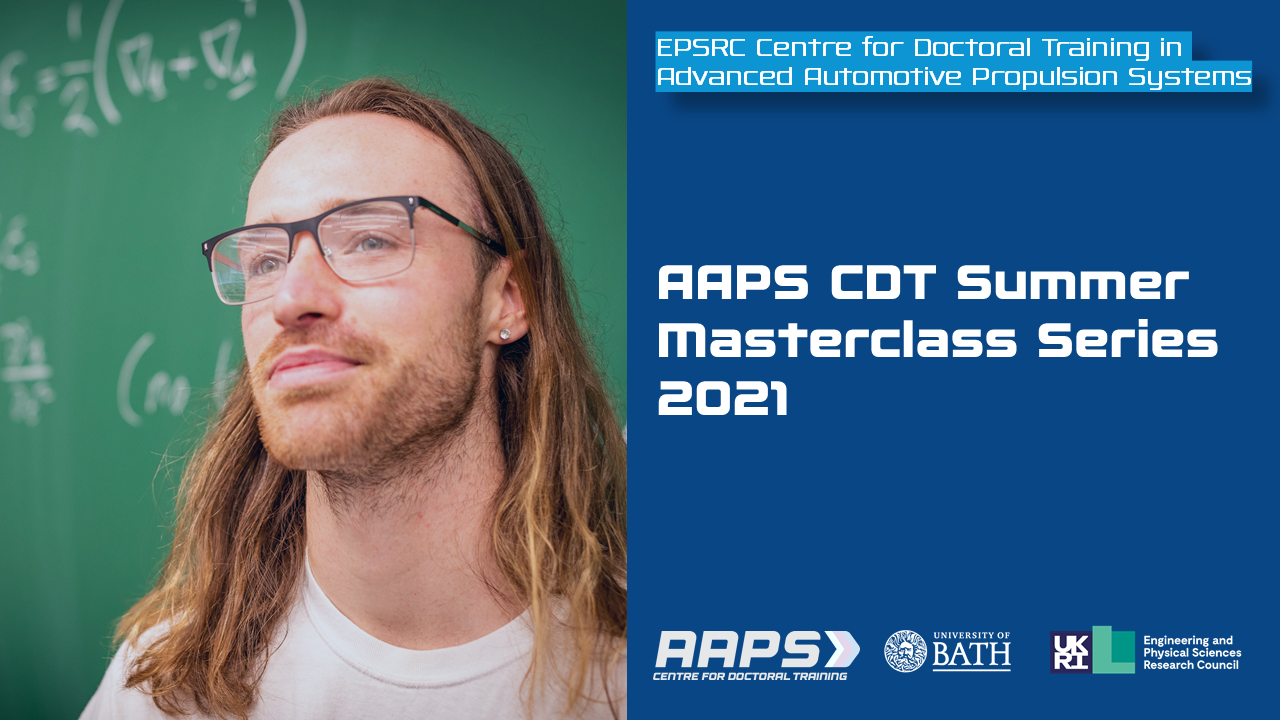
The summer masterclasses are short, intense overviews of a particular area, with the content being delivered by experts in the field. I found them really useful as a way to step outside the boundaries of my knowledge to be exposed to new ideas without needing to dedicate too much time (which was appreciated with the summer thesis formulation project ongoing!).
The three masterclasses were on:
We began our introduction to LCAs by looking at the impact and life-cycle considerations for our shoes – it was eye-opening to see how the production, use and end-of-life treatment of even simple products can have complex consequences and require a thoughtful approach to honestly reflect their impact. However, the choices made throughout the LCA process such as scope/boundaries and approach (individualistic etc) can lead to vastly different results, and so transparency is imperative to demonstrate to readers what has been done. There was some interesting discussion on functional units and whether miles worn or time worn could be more appropriate due to functional differences (for example, between running shoes and slippers). This highlighted the importance of giving thought to functional units and why they may differ even within industries and applications depending on the aim of the LCA being carried out.
It was interesting to think about how the timescale considered is a big factor on the impact of a product as well. For example, considering batteries only during their use (cradle-to-gate) would appear better than looking at the whole lifecycle (cradle-to-grave). In emerging markets with emerging technologies, we have much greater uncertainty than mature technologies in mature markets. This makes conducting an accurate LCA more difficult, and is an example of how, despite an LCA being conducted at a specific time, it is not a static thing – the inputs and outputs (and our knowledge of them) are constantly evolving. There are benefits of doing LCAs at any time – anticipatory LCAs can be useful to indicate what path may be the best to take and identify any potential risks down the line.
On the second and third days, we had a look at the software OpenLCA and got to grips with how to use it by working through a tutorial; it was interesting to see the workflow of how an LCA is conducted practically. To get familiar with the software using a consistent example, the production of a PET plastic bottle for drinking was considered. Firstly, the tutorial included work around flows, which are all the product, material, and energy inputs and outputs of the processes in the system in question. We then moved on to looking at processes that act on inputs to produce outputs, and the collection of all the processes under study within the broader heading of the product system. The impact of product systems can be compared using projects and the Impact Assessment methods. It is then possible to see relative results and which product system has the greatest environmental impact.
Following through the tutorial was fairly intuitive, and it was a great way to be introduced to some of the practicalities of conducting an LCA. It was also useful having Sam Cooper and Marcelle McManus on the call to answer any problems we encountered.
Finally, we finished the masterclass with a fun example of an LCA of chocolate!
We began the session with Chris Chuck by reviewing the production of gasoline, diesel and other fossil fuels in crude oil refineries. It was good to go over this quickly because (for myself at least) this material hadn’t been touched since GCSE chemistry! It was interesting to learn about the different requirements of gasoline, diesel and jet fuel (which needs to be able to flow at very low temperatures). After discussing the different types of fuel and their properties and refining processes, we shifted the focus to the future (biofuels, in particular).
After discussing some of the performance issues related to ethanol and biodiesel fuels, including reduced energy density and the need to be blended with other fuels, we moved onto how the fuels are actually produced from different feedstocks. Two methods were discussed in detail: pyrolysis and hydrothermal liquefaction. Pyrolysis can be used to heat dry biomass quickly (to 500°C in ~2 seconds) to produce bio crude oil to mix in with traditional crude oil, and hydrothermal liquefaction can be used with wet feedstocks.
The problem with using first generation feedstocks is that even though some of the carbon is reabsorbed into the crops, the energy used in the production processes often comes from burning fossil fuels. We also touched on some of the environmental issues associated with biofuels such as competing for food resources, lack of biodiversity, and deforestation.
The second half of the session was delivered by Tim Mays. After a quick overview of energy sources and some interesting statistics about our global energy demand, we moved onto discussing the different forms of molecular hydrogen, of which there are twelve variations when accounting for spin. It was noted that hydrogen is more of an energy storage medium rather than a direct fuel. One particularly interesting potential use of hydrogen is as a storage medium for excess energy gained from renewable energy sources (smoothing the supply-demand curve). However, some of the problems with hydrogen include safety issues, producing it affordably at scale, and overcoming the negative safety connotations (hydrogen bombs and the Hindenburg) associated with it.
It’s clear there is a lot of potential and interesting work going on towards developing commercially viable low-carbon fuels, and over the next few decades we could see a major shift in the way we source our energy.
This session was quite a technical talk with a lot of chemistry involved, which was quite nice as I haven’t done huge amounts of chemistry since GCSE! In the first half, membrane technology was discussed, with the impact of defects and different membrane properties, and we learned about adsorption (where one substance accumulates on the surface of another – as opposed to absorption, which is where the first substance would enter the bulk of the second). The focus of the second half was on catalysts and catalysis reactions.
The first half of the session was in more of a lecture style, with questions at the end, whereas the second half of the session was more interactive and featured a multiple-choice online quiz throughout. I personally preferred the more interactive components as a way of encouraging participation.
I think one of the major things that the masterclasses have enlightened me to is just how much work goes into every little detail in the systems considered. Thinking about it, it makes a lot of sense, but for someone new to an area it can sometimes be hard to appreciate where the challenges lie. I think it also highlights the utility of broadening one’s horizons to find inspiration in one’s own work; concepts from another field can spark ideas and innovation, and I guess that is pretty much the purpose of the CDT!
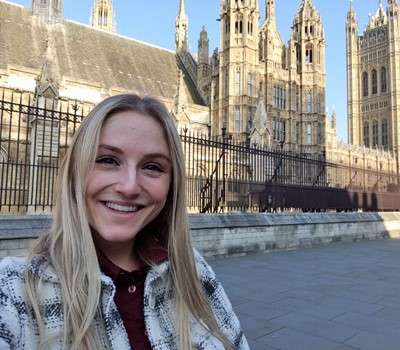
28 February 2024
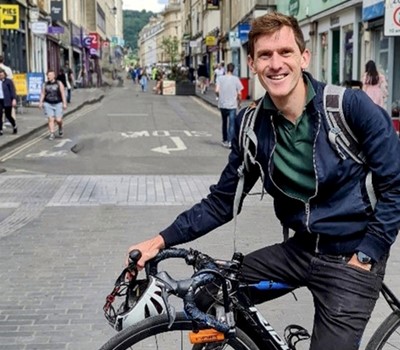
18 January 2024
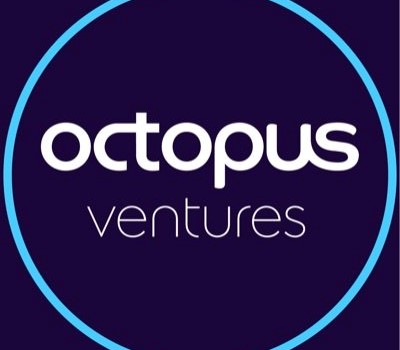
29 November 2023
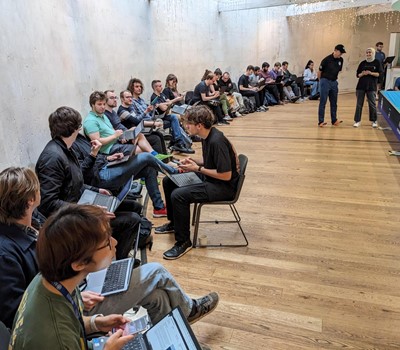
13 November 2023
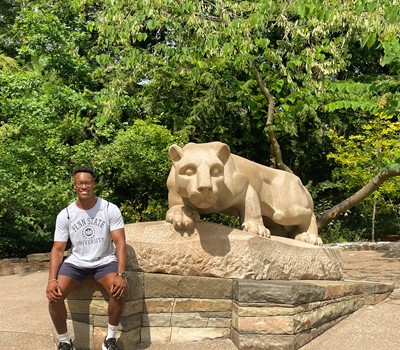
© Copyright 2024 AAPS CDT, Centre for Doctoral Training in Advanced Automotive Propulsion Systems at the University of Bath